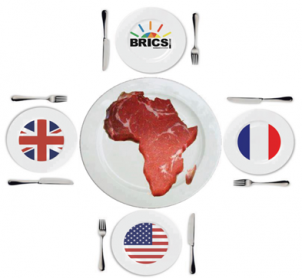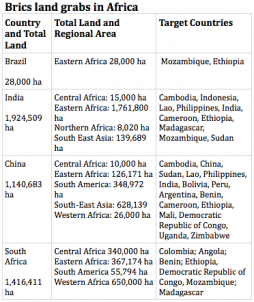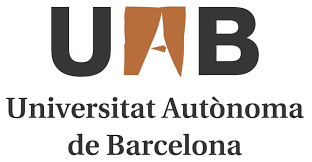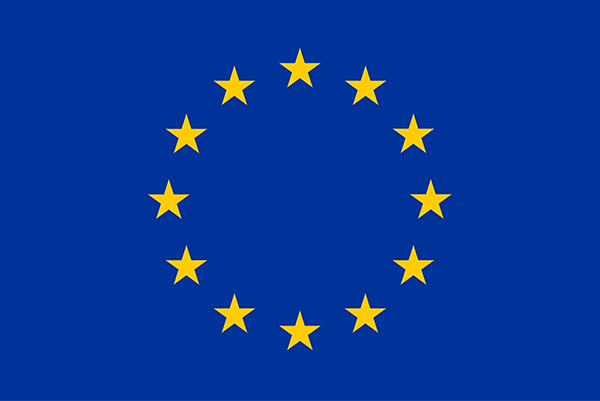
By Nick Meynen.
When in 2001 the term BRIC was coined to group emerging economies Brazil, Russia, India and China – nobody saw them as a block challenging the likes of G8, World Bank or IMF. Today, at the currently held 5th BRICS meeting in Durban South-Africa (South African joined in 2010), these five emerging economies will be eager to show their strengthened relationships and combined power. But before people from the South put their hopes on the BRICS: they should be careful in what they wish for. They might be disappointed to discover that the emerging powers are only putting old wine in new bottles, while adding some sour ingredients.
A South-South bank
The BRICS will proudly present their new International Bank for South-to-South money. India and China are desperate for a foreign exchange currency reserve pool to make their economies more resilient against shocks. It will probably start with a modest $50 billion and mainly serves the stability needs of these big players. Before impoverished countries rejoice at the thought of a new bank made for them: the self-interest of these big-five has a proven track-record. When the BRICS supplied $75 billion in fresh capital to the IMF in July 2012, the result was that China gained more votes – while Africa lost a substantial fraction of its share.
Some say that the rise of the BRICS represents nothing else than a new phase in the spread of the neo-liberal economical model. After the 4th BRICS meeting, nothing in The Delhi Declaration hinted towards an interest in promoting a New International Economic Order – as discussed in the 1970s. Whether it is being a part of the G-20 or being aspirants to permanent status in the UN Security Council for those who are not yet permanent, or playing a bigger role in the WTO’s Green Room decision-making, the emerging powers have shown more interest in joining the ‘big boys’ club’. And for those in the illusion that these countries have a strong bond beyond the immediate gain from pretending to be a block: Russia and China voted against permanent status of India, Brazil and South Africa in the UN Security Council.
The counter-summit
Civil society from all over the world is watching this new geopolitical constellation with a rather different view. They define uniting factors in the BRICS as socio-economic rights violations, political and civil rights violations, regional domination by BRICS economies and ‘maldevelopment’ – as EJOLT collaborator Patrick Bond calls it. Participants of the counter summit will be able to go on Toxic Tours of Durban for a more acute picture of the South African struggle for environmental justice. They will also discuss BRICS’s responsibility in reducing the climate calamity. They recall that in December 2009, in a small room in Copenhagen, Barack Obama and the leaders of the Brazil, South Africa, India and Chinademolished the Kyoto Protocol. In doing so, they are not acting for the 100s of millions affected by climate change – rather in their own short-term economical interest.
BRICS and the new scramble for Africa
But apart from organizing a watchdog role to the new BRICS bank and working on climate justice – one of the main priorities by civil society will be to expose the land grabbing undertaken by Brazil, India, China and South Africa. There are so many parallels with Berlin’s ‘Scramble for Africa’ conference in 1885 that there’s talk about neo-colonialism. Back in Berlin, five colonial powers (Germany, Britain, France, Portugal and Belgium) divided the continent back with one common objective: efficient resource extraction through export-oriented infrastructure. Before you dismiss the parallel as far-fetched, consider these figures:
 A June 2011 study by the International Land Coalition suggested that land grabbing concerned around 80 million hectares, 64 percent of which are located in Africa, whereas the latest update by the same organization refers to more than 200 million hectares. That’s the entire North-West of Europe. BRICS investors play an increasingly crucial role (except Russia, which remains at the margin of the rush probably due to the amount of available land). The BRIC countries don’t even hide why they allowed the much smaller South-Africa to join them: the call South Africa the ‘gateway to Africa’. The hunt for land is open.
A June 2011 study by the International Land Coalition suggested that land grabbing concerned around 80 million hectares, 64 percent of which are located in Africa, whereas the latest update by the same organization refers to more than 200 million hectares. That’s the entire North-West of Europe. BRICS investors play an increasingly crucial role (except Russia, which remains at the margin of the rush probably due to the amount of available land). The BRIC countries don’t even hide why they allowed the much smaller South-Africa to join them: the call South Africa the ‘gateway to Africa’. The hunt for land is open.
The case of Mozambique
The above figures do not include the 14,000,000 ha deal between Brazil, Japan and Mozambique. Brazilian rhetoric calls this the ‘dawn of a new economic era between Africa and Brazil’ But EJOLT already explained what this deal means for Mozambique – in a brilliant podcast from Devlin Kuyek.
At the same time, Brazil has used its legislative autonomy to reduce access to Brazilian land by foreign investors. So Brazil is clearly going for the capitalist expansion to the periphery, exploiting what they can at the cheapest price possible.
India also has an interest in Mozambique. The Indian based Jindal group which comprises both mining and smelting set their eyes on Mozambican coal in Moatize, as well as having advanced plans for a coal-fired power station in Mozambique, to create supply for the demanding elite-driven economy of South Africa.
South Africa is extracting 415 megawatts of electricity from Mozambique through the Cahora Bassa Dam, which has altered permanently the flow of the Zambezi River, resulting in severe flooding on a more frequent basis over the last years. Most of the cheap energy generated is fed into a former South African firm, BHP Billiton, at the world’s lowest price. Jobs are few and their profits are repatriated to Australia.
Russia’s Eurasian Natural Resources Corporation has nonferrous metal operations in Mozambique. China imports agricultural and fisheries products from Mozambique. It also became a major buyer of Mozambican timber; despite local regulations forbidding the export of unprocessed logs. In 2010, China pledged to invest $13 billion in industrial, tourism, mining and energy projects over the next five or ten years, depending on the source of the report. The largest Chinese investment so far is Wuhan Iron and Steel Corporation’s $800 million to develop coal reserves for export to China.
And while everybody is scrambling for a piece of Mozambique’s resources and land, the country ranks 185th on the Human Development Index …out of 187 countries.
So how should civil society react to this increasing ‘collaboration’ within the South? The safest bet is probably to see it as a new phase of neo-colonial extraction that needs to be fought against. Any other stance is most likely to lead to more suffering.
See also the blog by Oilwatch on how the BRICS will sustain the oil-based system.
See also the articles from Patrick Bond





Actually I am in Nampula right now finishing off my field research on the Brazilian-Japanese-Mozambican programme Pro-Savana, and I have not been able to find a single trace of the supposed 14 million ha land grab after being in Mozambique for a month.
If anyone can explain to me where this figure comes from I would be very happy to see the source. I am here for another week. Any tips on who to speak to to confirm the figure of 14 million will be much appreciated.
The ORAM report provides the 14 million ha figure, in reference to the entire Nacala Corridor area. We have send Sigrid the report and if anybody else wshes to see it, we can email it.